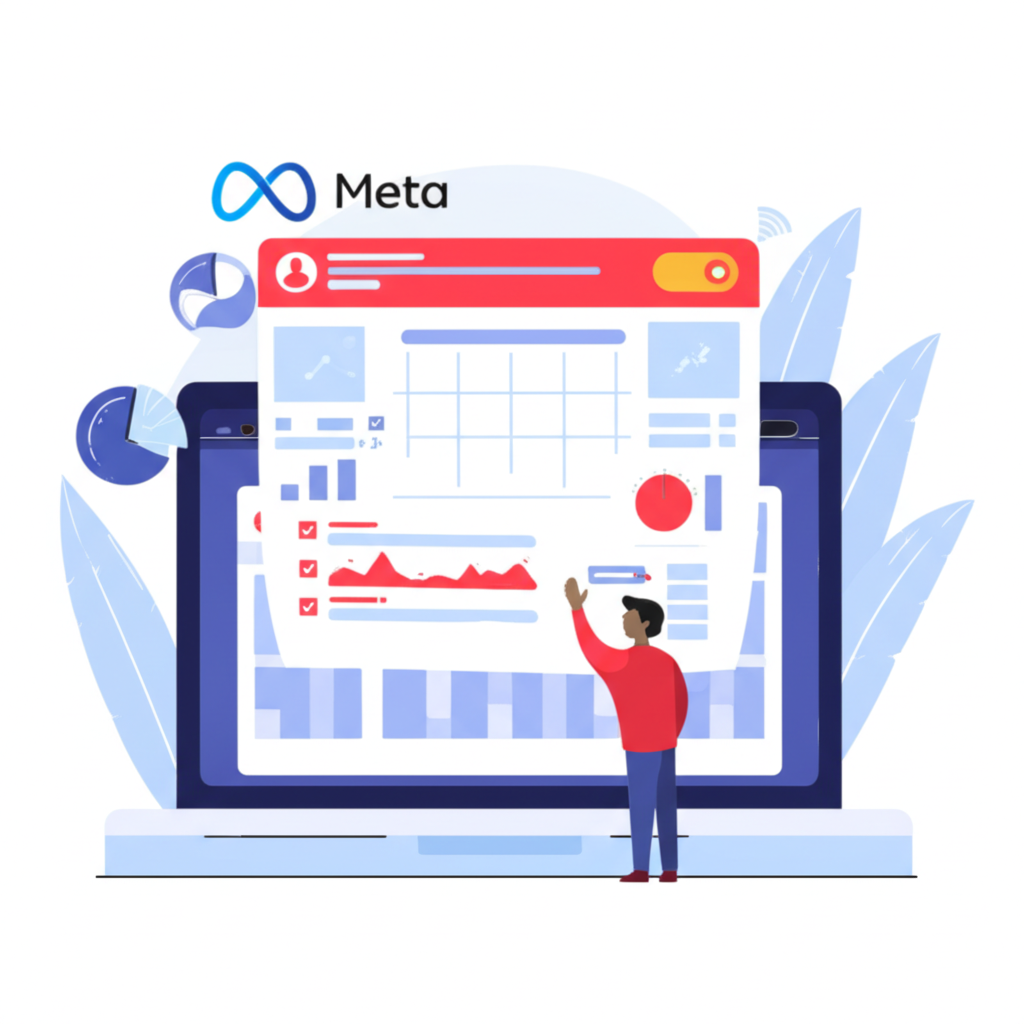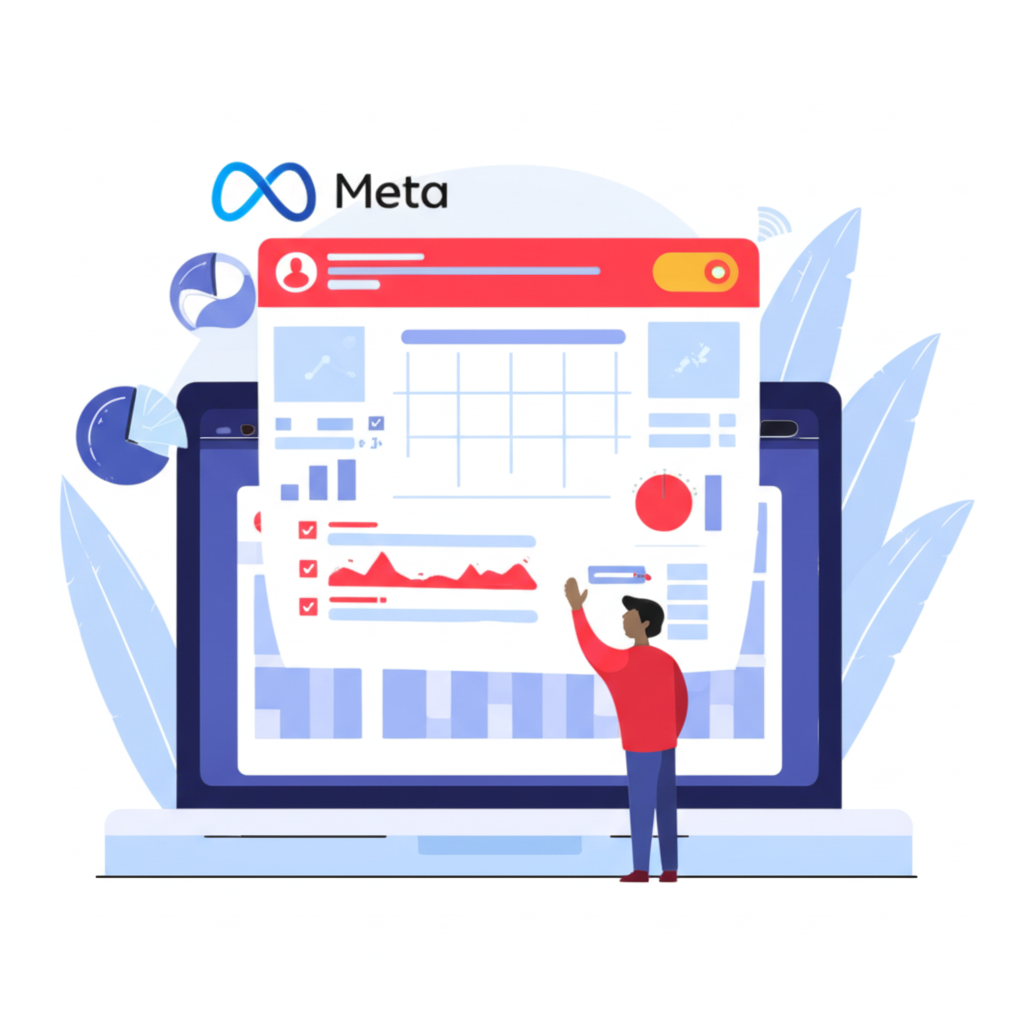When is Meta Platforms (META) Reporting Earnings Next? Your Complete Guide to META’s Financial Calendar

For investors, analysts, and market participants, tracking Meta Platforms’ (NASDAQ: META) quarterly earnings announcements isn’t just routine—it’s a strategic necessity. These reports offer a transparent window into the company’s financial performance, user engagement trends, and long-term strategic direction. Given Meta’s central role in digital advertising and emerging technologies like AI and the metaverse, its earnings releases often act as market-moving events, influencing not only its own stock price but also broader sentiment across the tech sector.
Timing is critical. Missing an earnings date or misjudging expectations can leave investors reacting instead of acting. That’s why understanding the rhythm of Meta’s financial calendar—when reports are released, what metrics matter most, and how the market typically responds—is essential for anyone with exposure to this tech giant. Whether you’re evaluating short-term trading opportunities or assessing long-term fundamentals, staying ahead of these key dates helps maintain a competitive edge.
Understanding Meta’s Earnings Calendar: A Historical Perspective

Meta has maintained a predictable quarterly reporting cadence over recent years, typically releasing earnings four to six weeks after each fiscal quarter ends. This consistency allows investors to plan ahead with reasonable confidence. Historically, the pattern is clear:
– **Q1 Earnings:** Late April
– **Q2 Earnings:** Late July
– **Q3 Earnings:** Late October
– **Q4 and Full-Year Results:** Late January or early February
The next expected announcement falls in **late April 2025**, covering Meta’s first-quarter financial performance for fiscal year 2025. While that timing aligns with past cycles, the exact date will be confirmed by Meta in the weeks leading up to the release. Investors should monitor the company’s official investor relations channel for updates, as even minor shifts can affect market positioning and trading strategies.
To better understand the trajectory, here’s a summary of Meta’s recent earnings performance:
| Quarter | Report Date | Actual EPS (vs. Est.) | Actual Revenue (vs. Est.) | Key Highlights |
| :———- | :————- | :——————– | :———————— | :—————————————————— |
| Q4 2024 Est.| Late Jan 2025 | Est. $5.30 | Est. $42.5B | Focus on AI monetization and Reality Labs progress |
| Q3 2024 | Oct 23, 2024 | $4.94 (Beat) | $40.2B (Beat) | Strong ad revenue, increased user engagement |
| Q2 2024 | Jul 24, 2024 | $4.71 (Beat) | $38.5B (Beat) | Continued growth in Family of Apps, narrowed RL losses |
| Q1 2024 | Apr 24, 2024 | $4.39 (Beat) | $36.4B (Beat) | Robust ad market recovery, dividend initiation |
| Q4 2023 | Feb 1, 2024 | $4.30 (Beat) | $40.1B (Beat) | Strong holiday ad spending, significant share buybacks |
*Note: Q4 2024 estimated figures are based on early analyst consensus and subject to change.*
Key Takeaways from Recent Meta Earnings Reports

Over the past year, Meta has demonstrated a powerful turnaround in its core business. After navigating challenges in 2022 related to privacy changes and economic uncertainty, the company has rebounded with consistent double-digit revenue growth and margin expansion. This resurgence is largely fueled by a recovery in digital advertising, driven by improved AI-powered ad targeting, rising advertiser demand, and sustained engagement across Facebook, Instagram, and WhatsApp.
Another pivotal development was the introduction of Meta’s first quarterly dividend in early 2024—an important signal of financial maturity and capital discipline. The move underscores management’s confidence in the company’s cash flow generation and long-term profitability. Alongside dividends, Meta has continued aggressive share repurchase programs, further enhancing shareholder returns.
While the Family of Apps remains highly profitable, Reality Labs continues to operate at a significant loss. However, the rate of loss has begun to stabilize, suggesting more disciplined investment in AR/VR hardware and metaverse infrastructure. Though still a cost center, Reality Labs represents Meta’s bet on the next computing platform, and investors are watching for incremental progress in user adoption, developer activity, and revenue from devices and services.
What Analysts Are Projecting for Meta’s Next Earnings
As anticipation builds for the Q1 2025 earnings release, Wall Street analysts have begun forming consensus estimates. Current projections suggest Meta could report:
– **Earnings Per Share (EPS):** ~$5.30
– **Total Revenue:** ~$42.5 billion
These figures reflect optimism around continued strength in digital advertising, particularly in e-commerce and performance marketing, where Meta’s AI-driven tools have enhanced campaign effectiveness. Additionally, improvements in ad load and monetization within Reels and messaging platforms are expected to contribute meaningfully to top-line growth.
Analyst forecasts also factor in macroeconomic conditions, including inflation trends, interest rates, and global ad spending patterns. Despite potential headwinds, Meta’s diversified user base and scalable ad platform position it well to capture incremental demand, even in a moderate-growth environment.
Will Meta Beat or Miss Earnings Estimates?
Whether Meta exceeds or falls short of expectations will depend on several dynamic factors.
**Potential Upside Drivers:**
– Stronger-than-expected ad spending, especially during seasonal retail campaigns
– Accelerated user growth in emerging markets for Instagram and WhatsApp
– Improved ad targeting accuracy through generative AI integrations
– Positive surprises in Reels monetization or business messaging revenue
– Operating leverage from ongoing efficiency initiatives
**Potential Downside Risks:**
– Slower-than-expected global economic growth dampening ad budgets
– Increased competition from TikTok, Google, and emerging social platforms
– Regulatory scrutiny affecting data usage and ad personalization
– Higher-than-anticipated expenses tied to AI infrastructure or Reality Labs R&D
– User engagement stagnation or shifts in platform behavior
Market sentiment often hinges not just on the numbers themselves, but on the narrative surrounding them. For example, even if Meta delivers solid results, any cautionary tone from management about future ad demand or increased spending could trigger a negative stock reaction.

Key Metrics and Numbers to Watch in Meta’s Earnings Report
While EPS and revenue dominate headlines, experienced investors look beyond the surface to evaluate Meta’s underlying health and strategic momentum. Here are the most critical metrics to monitor:
– **Family of Apps Advertising Revenue:** As the engine of Meta’s business, this metric reveals the strength of its core advertising model. Watch for year-over-year growth, ad impression volume, and average price per ad.
– **Daily and Monthly Active Users (DAU/MAU):** Engagement across Facebook, Instagram, WhatsApp, and Messenger provides insight into audience reach and retention. Growth in high-value markets and younger demographics is particularly telling.
– **Reality Labs Financials:** Revenue trends and the pace of operating losses offer clues about Meta’s progress in building a sustainable presence in virtual and augmented reality.
– **Operating Margin and Income:** Expanding margins indicate effective cost management and operational efficiency—key themes since Meta’s “Year of Efficiency” restructuring.
– **Free Cash Flow and Capital Expenditures:** High CapEx levels signal investment in future growth, especially in AI and data centers, while strong free cash flow supports dividends, buybacks, and financial flexibility.
– **Management Guidance:** Perhaps the most influential part of the report. Forward-looking commentary on revenue, expenses, and strategic priorities often shapes analyst models and investor sentiment more than past results.
How Meta’s Earnings Reports Impact META Stock Performance
Earnings announcements are high-volatility events for Meta stock. The market’s reaction is rarely muted. When Meta beats expectations on both the top and bottom lines—especially when accompanied by optimistic guidance—the stock often surges, sometimes gaining 5% or more in after-hours trading. Conversely, missing estimates or issuing conservative guidance can lead to sharp declines, even if fundamentals remain sound.
One nuance to consider is the concept of “whisper numbers”—unofficial expectations that circulate among institutional traders and often exceed consensus analyst estimates. If Meta beats the consensus but falls short of the whisper number, the stock may still drop due to perceived disappointment.
The post-earnings conference call is equally important. Analysts probe management on everything from AI roadmaps to regulatory risks, and the tone of responses can sway perception. For instance, a confident outlook on AI-driven ad tools or progress in reducing Reality Labs losses can fuel bullish momentum. According to insights from CNBC, Meta’s stock has historically responded strongly to positive commentary around user engagement and monetization innovation.
Navigating Post-Earnings Volatility
The hours and days following an earnings release can be turbulent. Prices may swing dramatically on initial reactions before stabilizing as investors digest the full context. For long-term holders, short-term fluctuations can present opportunities—especially if a dip is driven by temporary concerns rather than structural issues.
Short-term traders, meanwhile, may focus on momentum plays, using options or futures to capitalize on volatility. Regardless of strategy, it’s wise to avoid knee-jerk decisions. Instead, review the complete financial statements, listen to the earnings call, and assess revised analyst ratings before making moves.
Where to Find Official Meta Platforms (META) Earnings Information
For reliable, up-to-date information, always turn to Meta’s official channels:
– **Meta Investor Relations Website:** The primary source for press releases, financial results, presentation decks, and live webcast access. Visit investor.fb.com for all official communications.
– **SEC Filings (10-K and 10-Q):** These detailed regulatory documents provide comprehensive financial data, risk disclosures, and management discussion. Access them via the SEC’s EDGAR database at sec.gov.
– **Earnings Call Webcast and Transcripts:** Meta typically hosts a live audio webcast on the morning of the earnings release. A transcript is posted shortly afterward on the investor relations site, offering a full record of management remarks and Q&A.

What is the confirmed date for Meta Platforms’ (META) next earnings report?
The next anticipated earnings report for Meta Platforms (META) is expected in late April 2025 for the first quarter of fiscal year 2025 (Q1 2025). However, exact dates are confirmed by Meta closer to the event and should always be verified on their official Investor Relations website.
How did Meta’s (META) earnings perform in the most recent quarter compared to analyst expectations?
In recent quarters, Meta has consistently beaten analyst expectations for both EPS and revenue, driven by a strong rebound in its advertising business and efficient operational management. For specific details on the latest reported quarter, refer to the historical earnings table provided in this article or Meta’s official filings.
Where can I find Meta’s official investor relations page and past earnings reports?
You can find all official investor information, including past earnings reports, press releases, and SEC filings, on Meta’s Investor Relations website: investor.fb.com.
What key financial metrics should investors focus on in Meta’s upcoming earnings call?
Beyond EPS and Revenue, investors should closely monitor:
- Advertising Revenue (Family of Apps)
- Daily Active Users (DAU) and Monthly Active Users (MAU)
- Reality Labs Revenue and Losses
- Operating Income and Margins
- Management’s guidance for future quarters
What is the market’s general expectation for Meta’s (META) revenue and EPS in 2025?
While specific full-year 2025 estimates are dynamic and evolve, analysts generally project continued strong growth in revenue and EPS, supported by Meta’s core advertising strength and ongoing efficiency efforts. Preliminary Q1 2025 estimates suggest EPS around $5.30 and revenue of approximately $42.5 billion.
How does Meta’s Reality Labs segment impact its overall earnings and future outlook?
Reality Labs (RL), which houses Meta’s metaverse and VR/AR investments, consistently reports significant operating losses. These losses weigh on Meta’s overall profitability but represent a long-term strategic investment. Investors monitor RL’s revenue growth, the rate of its losses, and management’s commentary on its progress as indicators of future potential in emerging technologies.
What factors typically influence Meta’s stock price movement immediately after an earnings announcement?
Several factors drive immediate stock price movement:
- Whether actual EPS and Revenue beat or miss analyst consensus estimates.
- The quality of management’s guidance for the upcoming quarter and year.
- Surprises in key metrics like user growth or advertising trends.
- Market reaction to comments made during the earnings conference call.
- Overall market sentiment and sector performance.
Will Meta (META) provide guidance for future quarters during its next earnings call, and what does that mean?
Yes, Meta typically provides guidance for the upcoming quarter and sometimes for the full fiscal year during its earnings calls. This guidance includes revenue ranges and sometimes expense forecasts. It’s highly significant as it reflects management’s internal expectations and often has a greater impact on stock price than past results, shaping future analyst estimates and investor sentiment.
How can I access the live webcast or transcript of Meta’s earnings conference call?
You can typically access the live webcast of Meta’s earnings conference call directly from their Investor Relations website on the day of the report. Transcripts are usually posted on the same page shortly after the call concludes.
What are the historical trends for Meta’s (META) advertising revenue over the past few years?
After a period of slowdown in 2022 due to economic headwinds and increased competition, Meta’s advertising revenue has shown a robust recovery since 2023. This rebound is attributed to improved ad targeting, increased advertiser spending, and strong engagement across its Family of Apps. The trend indicates continued strength in its core business, driven by innovation in AI-powered ad solutions.

留言